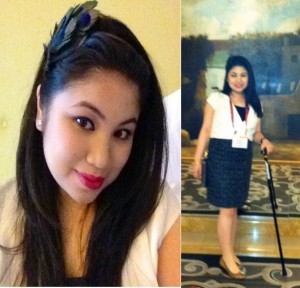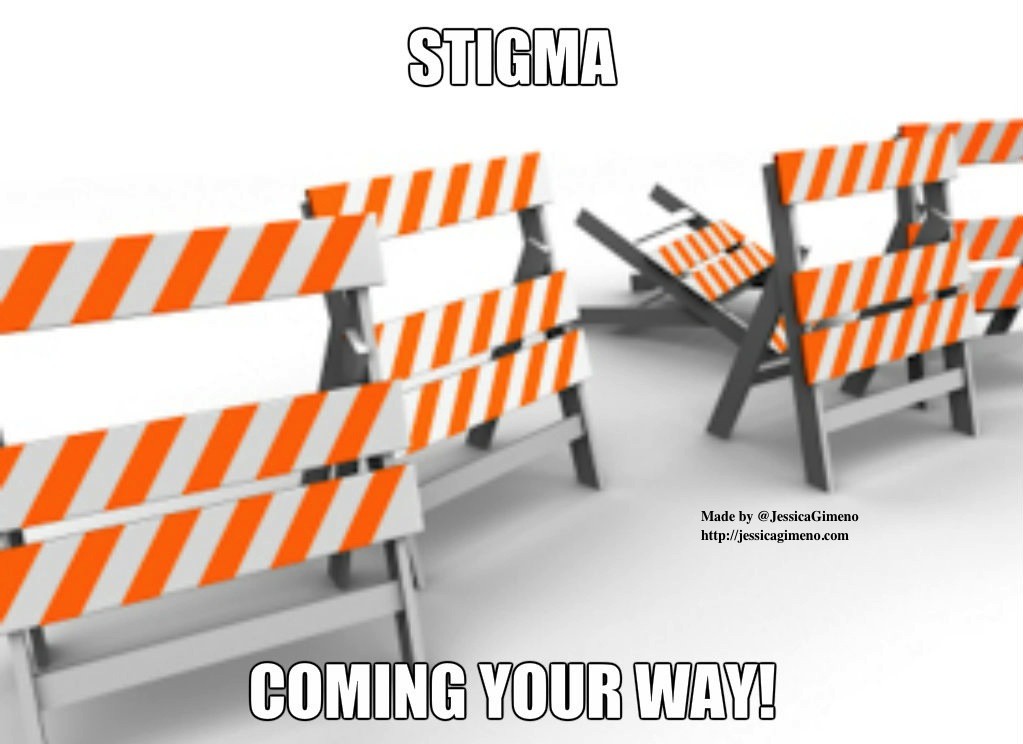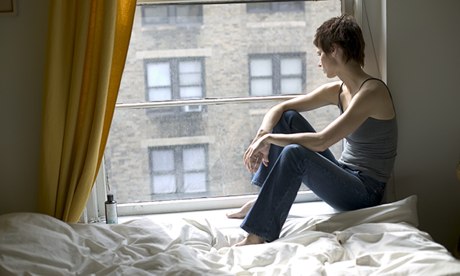How to Keep Your Illness/Disability From Becoming Your Trademark
Is your disability or illness the first thing people notice about you? Scars, acne, hair loss, hair in places we women don’t want it, canes, wheelchairs, and walkers can keep people from really seeing who we are.
When Your Illness Becomes Your “Thing”
Last week, I spoke at a national convention in Las Vegas for the National Council of Community Behavioral Healthcare, an important event for my career. (At their 2012 convention, I won one of the National Council’s Awards of Excellence.) In addition to preparing for the speech, I worked on my networking skills even studying Daniel Pink’s “Pixar Pitch.” During one of the networking webinars I attended for Northwestern University alumni, one of the gurus talked about having a physical trademark. The presenter is often called “The bowtie ambassador” because of his colorful collection of bowties. It got me thinking that whenever I attend a networking event, my disability seems to swallow up the entire conversation. Before I got Myasthenia Gravis, people used to come up to me and ask me what race or ethnicity I was. But over the past few years, the first question people always ask me is “what’s wrong?” after they see my cane. Once I tell them I have Myasthenia Gravis, which always elicits a “say what” response, they always ask how old I am. Once I answer, everyone responds with an, “Awe. You’re too young,” response. I realized that my disability has become my defining feature leaving little or no room to discuss my work in mental health. In essence, Myasthenia Gravis, hijacked many networking conversations for me.
I Found My New Trademark
Before the convention I set out to find a new trademark. In addition to working on my speech (I did get a standing ovation), I experimented with different ideas. Earrings? No. They could be covered since I have long hair. Scarves? No. Those would be too hot to wear in some climates. Pearls? I can’t wear any necklaces anymore because of scars on my neck from surgery. Then, when I was getting one of dresses for the convention taken out (you can actually make a dress bigger), I noticed the tailor was selling headbands along with other accessories. I tried one on and fell in love with it. Everyday of the convention, I wore a headband that matched whatever outfit I was wearing. It worked! The first thing people asked me about, particularly people who didn’t hear my speech because they were in a different track, was where I got my headband. It was much easier to transition from my wardrobe into what I do for a living than it was with Myasthenia Gravis (the focus of previous events) because the latter usually elicited a pity that swallowed the entire conversation. Throughout the convention, I got to make some great friends with both people who attended and did not attend my speech. Mission accomplished.
Jackpot!
The first night of the convention, I dressed up a little black dress (LBD) with this dramatic headband. It has feathers and beads. The convention photographer even asked if he could take a picture of me. 
This is the headband and dress that I wore the day of my speech. What trademark can you use to distinguish yourself when you meet people?
–Your Stylist, Jessica Gimeno
SIDE NOTE: I’d like to send my condolences and prayers to all the victims and everyone affected by the terrorist attacks this week at the Boston Marathon. You can see the article I wrote about the tragedy here, Dealing with a National Crisis When You Have a Mental Illness.





